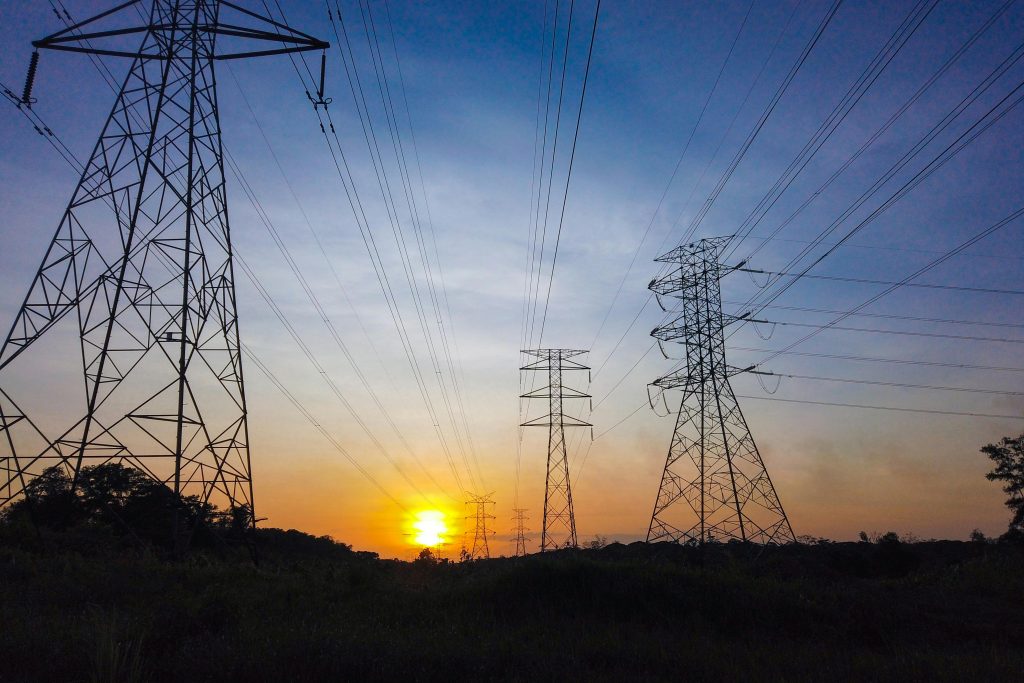Imagine a world where electricity bills no longer arrive with a sting, where households don’t stress over peak-hour surcharges, and where businesses don’t burn midnight oil just to strategize about reducing utility costs. Think of a future where clean, reliable, and nearly limitless energy hums quietly in the background of our daily lives, powering cars, homes, industries, and even entire cities without polluting the air or depleting the planet’s resources. That dream may sound like something lifted straight out of science fiction, but nuclear fusion—the same process that makes the Sun shine—has moved from a theoretical “maybe” into a serious scientific pursuit with promising results. Breakthroughs in laboratories around the world suggest that fusion is closer than ever to becoming a practical energy source. The big question many people ask, however, is simple and compelling: if fusion becomes viable, will electricity actually be free? The answer is layered. The fuel for fusion is remarkably cheap, but building reactors, maintaining infrastructure, and integrating such systems into existing grids all come with significant costs. To really understand why your electricity bill won’t vanish overnight, it helps to unpack both the incredible promise and the very real challenges of fusion energy.

What Makes Fusion So Different?
Most of the world’s nuclear power today comes from fission—the splitting of heavy atoms like uranium—which generates energy but also produces long-lived radioactive waste. Fusion flips that model by fusing light atoms, such as hydrogen isotopes, into helium. The reaction releases staggering amounts of energy with far fewer downsides. There’s almost no high-level waste, and the risk of runaway reactions (like those seen in fission disasters) is virtually nonexistent. Perhaps most appealing is the fuel source: hydrogen isotopes like deuterium can be extracted from ordinary seawater, making it both abundant and evenly distributed across the globe. Unlike fossil fuels or uranium reserves, fusion fuel isn’t concentrated in just a handful of countries, which means the potential for global energy equality is enormous.
Why Free Energy Isn’t Realistic—At Least Not Soon
It’s easy to assume that if the fuel is cheap, the electricity should be cheap too. But fusion reactors are not like simple furnaces where you toss in fuel and flip a switch. They are marvels of engineering that demand extraordinary conditions: plasma heated to temperatures hotter than the Sun, held in place by powerful magnetic fields. Constructing and operating such reactors requires billions of dollars, highly specialized equipment, and a constant stream of expertise. On top of that, regulators demand layers of safety measures and redundancies. Even if the fuel cost is close to zero, the infrastructure cost is significant. For at least the first decades of commercial fusion, the electricity it produces will likely be expensive until economies of scale and innovation drive costs down.
The Path Toward “Almost Free”
History gives us plenty of examples of new technologies that started out prohibitively expensive but became dirt cheap once scaled. Take solar panels: in the early 2000s, solar electricity was among the most expensive forms of energy. Fast forward twenty years, and solar is now cheaper than coal in many markets. Fusion could follow a similar trajectory. Once the first generation of reactors proves successful, competition among private firms, international collaboration, and government incentives could slash costs dramatically. At that point, electricity bills might shrink so much that energy feels “free” in practical terms—even if technically, you’re still paying a fraction for generation, distribution, and maintenance.
Utilities and the Business of Power
Even if generating electricity becomes nearly costless, utilities won’t stop charging. Power grids still need to be built, maintained, and expanded. Technicians still need salaries, and companies still need profits to keep operating. Transmission lines, transformers, and smart-grid technology don’t appear magically; they require continuous investment. This means that while the kilowatt-hour price may plummet, you’ll still see charges on your bill covering infrastructure and service. In other words, fusion may dramatically reduce the variable costs of electricity, but fixed costs will keep bills from disappearing entirely.
How Fusion Could Reshape Global Energy Access
The impact of fusion extends beyond personal electricity bills. For nations without fossil fuel reserves, fusion represents a chance to leapfrog into a green, electrified economy without decades of reliance on coal or oil. Imagine sub-Saharan Africa or parts of Southeast Asia powering rapid industrial growth with clean, homegrown energy derived from seawater rather than imported gas. The geopolitical ripple effects could be profound: countries that have historically been dependent on energy imports might suddenly become self-sufficient, while fossil fuel exporters could see their economic leverage wane. For the first time in history, energy abundance might be distributed more evenly across the globe.
The Psychological Shift: From Scarcity to Abundance
Perhaps the biggest change fusion could bring is psychological. Today, individuals and businesses make countless decisions based on energy scarcity: whether to run air conditioning, whether to expand factory production, whether to invest in electric transportation fleets. Fusion promises to flip that mindset. If electricity becomes so cheap it feels abundant, creativity and innovation might surge. Entire industries could reimagine themselves, from desalination plants turning seawater into drinking water at massive scale to vertical farms growing food inside skyscrapers without worrying about power bills.
The Reality Check
As thrilling as this all sounds, it’s important to ground expectations. Fusion is still in its experimental stage, and while the progress is remarkable, commercial-scale deployment remains at least a decade or two away. Even when reactors go live, they won’t produce free energy overnight. There will be engineering challenges, regulatory hurdles, and economic adjustments along the way. Yet the trajectory is undeniably exciting: if breakthroughs continue, fusion could bring electricity prices low enough that bills no longer dictate how we live or limit what we dream of building.
